The Endearing Tenderness of Ranveer Singh
Much has been written about Ranveer Singh’s untraditional off-screen persona, so on the heels of Jayeshbhai Jordaar we instead deconstruct the actor’s displays of masculinities across his filmography to understand how he has chipped away at the toxic convention of a “mass hero” — whose contemporary avatar has increasingly been playing to the Hindutva imagination — and the innate gentleness that underpins several of his roles
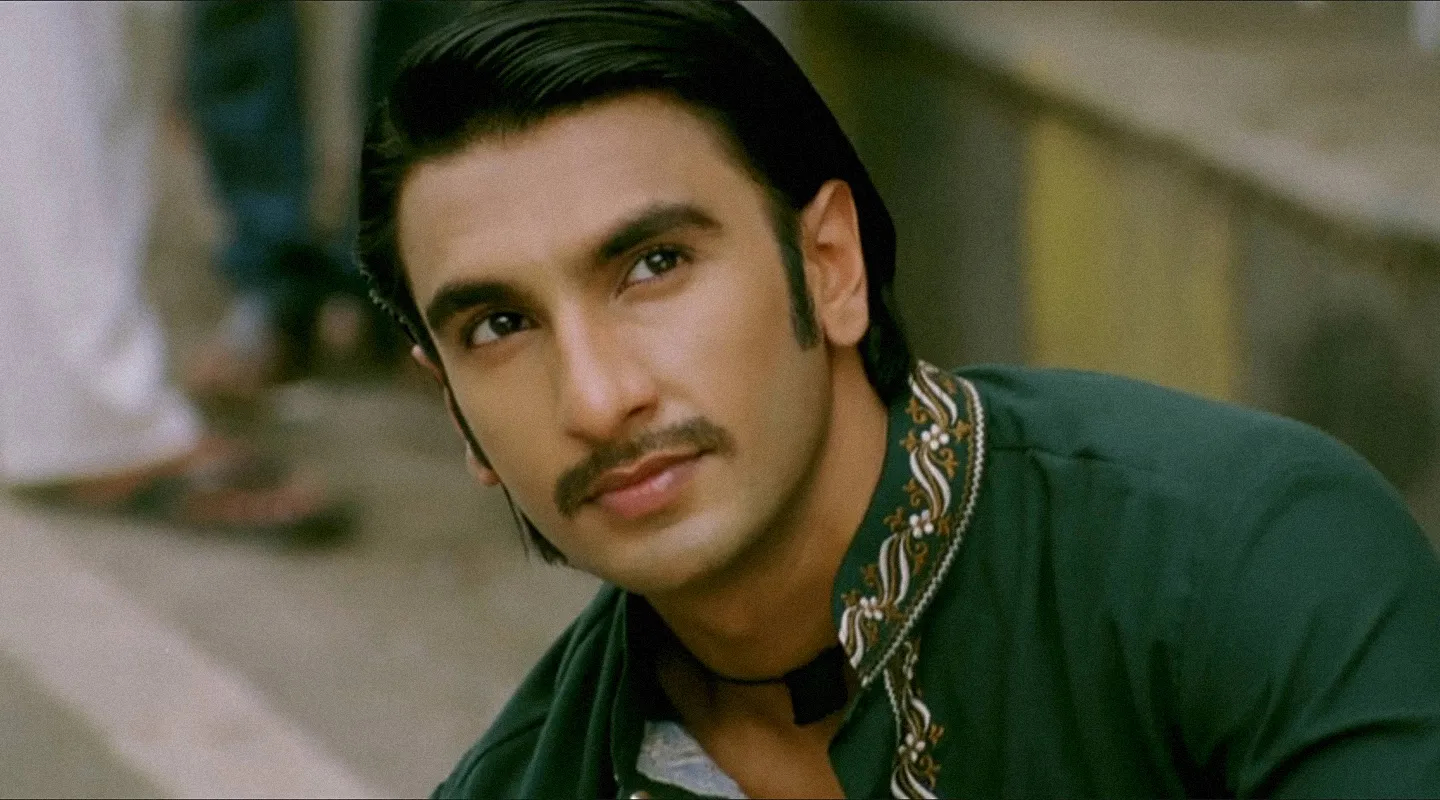
In an early scene in Yash Raj Films’ rustic social-comedy Jayeshbhai Jordaar, Jayesh (Ranveer Singh) is speaking to his wife Mudra (Shalini Pandey). They are on their bed, at night, and in between his kindness and her coldness, what immediately electrifies is the way he looks at her, dipped in earnest prayer for a pappi — a kiss — the inner corner of his eyes curving downwards, intensity and yearning intact. This intensity feels familiar, the kind we saw him perform with a soft-blur focus in Lootera, with gruff entitlement in Padmaavat, with dignified distance in Bajirao Mastani, with routine affection in Gully Boy, with licentious and libidinal intentions in Ram-Leela, and with braggartly boyish charm in Kill Dil as well as Befikre.
The gaze is a less-discussed yet extremely potent part of stardom: to draw people in with your eyes — fans, sceptics, fence-sitters, lovers and co-stars. It is a crucial, necessary element of cinematic intensity — something few actors can perform with ease — without making the intensity itself feel like a performance as opposed to a lived-in, ravaged part of one’s being. Guru Dutt had that. Shah Rukh Khan has that. (Shrayana Bhattacharya has dedicated a book to what Shah Rukh Khan’s gaze means to his female fandom in Desperately Seeking Shah Rukh : India’s Lonely Young Women and the Search for Intimacy and Independence.) Ranveer Singh has that. It is, in fact, what is missing from so many of the designer-ready new crop of actors — to look at someone as though they were all that is worth seeing
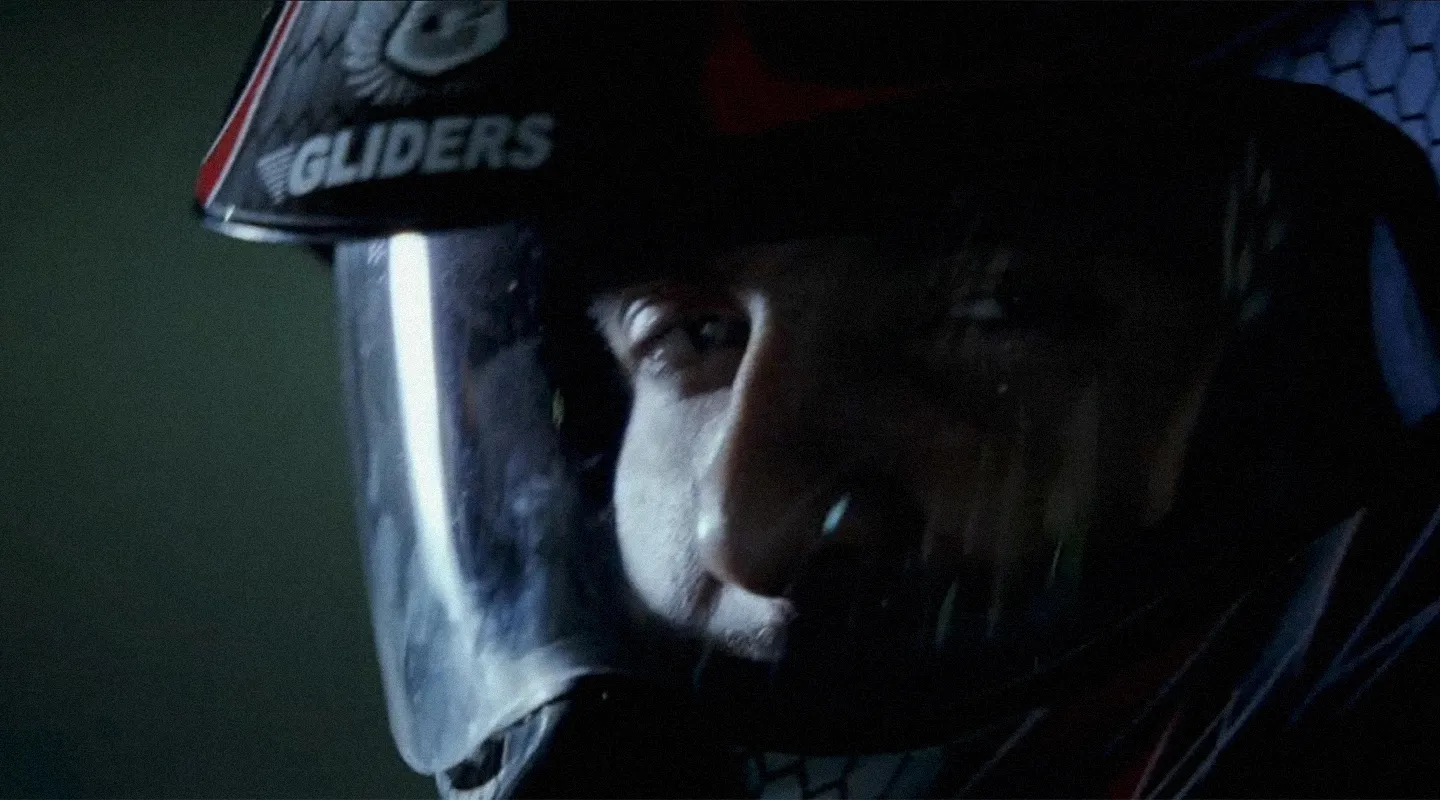
The first we see of Singh on the silver screen, it’s a silhouette of his arms outstretched — not a gesture of love as we have come to recognise it — but an early-morning tiredness, a swaggering yawn. It is 2010, and he sauntered onto centre stage with blazing charisma in his debut performance as Bittoo, a Delhi University slacker student from small-town Uttar Pradesh in Band Baaja Baaraat.
A built but not obviously muscular body, an unkempt, patchy evening shadow, with lacking sleep showing in his squint-eyed charades, he does not possess what we would call “easy beauty” — incontestable, immediately palpable and universally acclaimed. He grinned like a chomu (idiot); he winked with such conspicuous arrogance, and his face looking lost was indistinguishable from his face looking stupid.
Here is a masculinity that was not embarrassed by its rough edges, and, in fact, seemed to take a shameless amount of pride in it. Puncturing the cinematic landscape of the late aughts was also one of the most erotic, involved on-screen kisses with his co-star Anushka Sharma. Both — the subversive masculinity and the on-screen kiss — would become his calling card over the next decade as he would refashion himself as court jester to the country, the first noted Hindi film actor to be in a condom advertisement, to speak of eros as eros, to be silly, sometimes even banal, and to be okay with it.
His filmography, for the most part, feels like a corrective to the machismo that has become irretrievably fused with masculinity. While he rode the wave of muscularity — one that slowly but certainly became an indispensable demand of a Hindi film actor since 2007 with Om Shanti Om and, later, Ghajini — showing his sculpted body often (and once, in Befikre, even the crack of his butt) — he was also displacing certain notions of this stoic muscular hero. Band Baaja Baaraat and Ladies vs. Ricky Bahl, both directed by Maneesh Sharma for Yash Raj Films, end with him becoming partners with a woman — business partners, the “tumhari brains, meri daring” (your brains, my daring) genre of partnership. In this sense, the masculinity in a lot of his films, including the early ones, is built around women in a way that also elevates them, and not just him.
His was also a complicated masculinity. He will play a sharpshooter who weeps, sipping elaichi milk with a straw, charming even when he’s gawking like a lech. Look at the choice of words when he first lays eyes on a girl on a dance floor in Kill Dil, “Laundiya badi pyaari hai” (That girl is very lovely). “Pyaari” as opposed to any number of reductive, raunchy adjectives. The first time we hear the word “jordaar” (mighty) in Jayeshbhai Jordaar, it is Jayeshbhai using it to call his wife — a woman whom he is teaching to drive in the thick anonymity of the night.
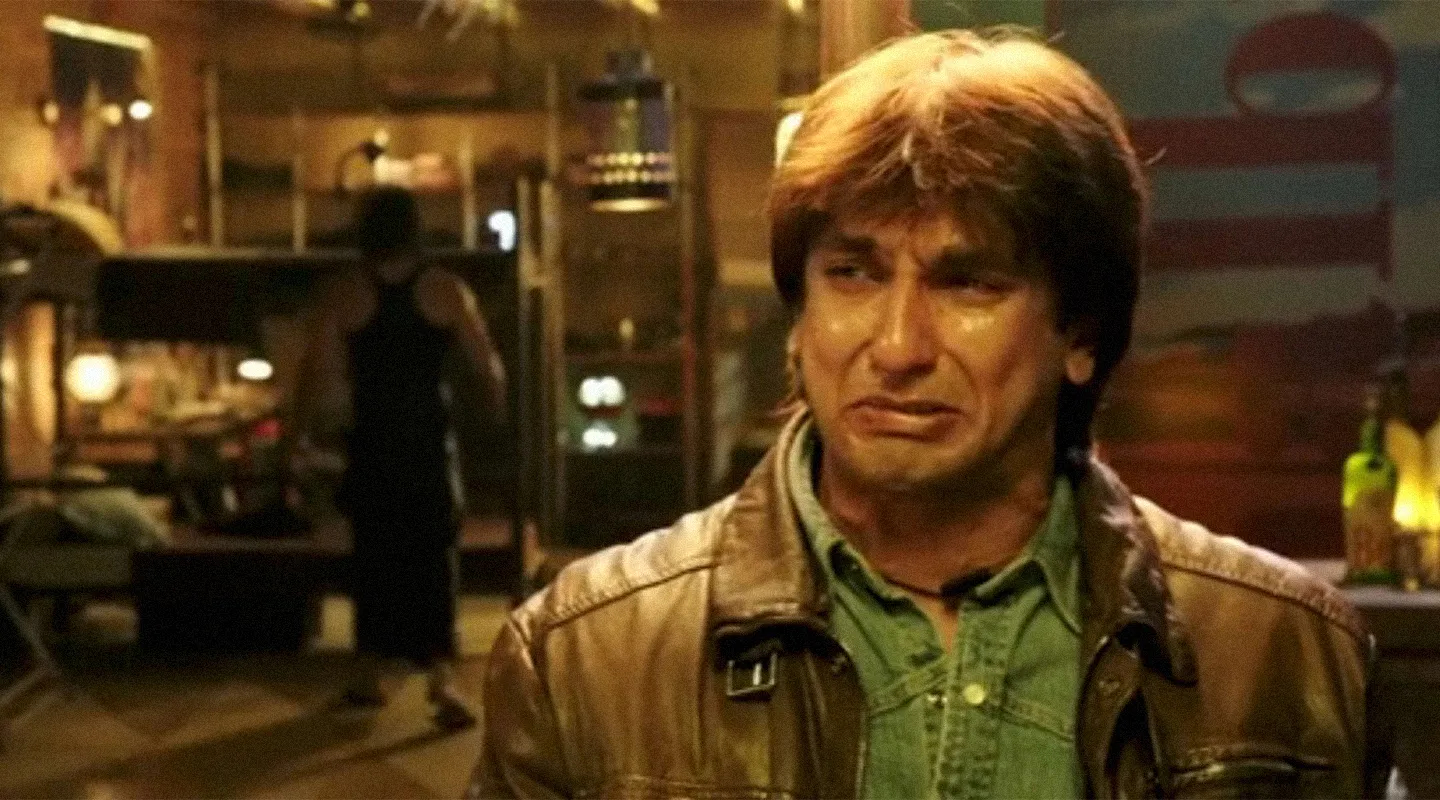
It is a trend that has been commented upon, that women in Hindi films are rarely seen eating. As Sohini Chattopadhyay noted in an article for Verve, when women are seen eating, it is, more often than not, pani puri — symbolic of their one-dimensional feisty insistence, but also, if read deeper, an invitation to oral sex, given the way the mouth opens for the puffed, leaky puris. In Singh’s films, food becomes integral to how he engages with his coterie of lovers. Flashes from his filmography — the bread pakora in Band Baaja Baaraat over which Bittoo and Shruti first discuss the idea of becoming business partners, crunching into it, moving their mouths, speaking with the bolus swirling from cheek to cheek; the women plotting to take him down over croissants, coffee and milkshakes in Ladies vs. Ricky Bahl; feeding the woman he wronged in Lootera. One of the first visuals we had in Befikre was of him and Vaani Kapoor eating a crepe, with a warm Paris simmering below them, out of focus in the background. Then, there is this scene from Jayeshbhai Jordaar that has been running in my mind for the sheer novelty of the gesture, of Jayesh gently unwrapping chocolates and feeding them to his pregnant wife. They eat dinner and then, slowly, Jayesh collects all the plates and utensils from his wife, his daughter Siddhi (Jia Vaidya) and walks away — a casual motion of cleaning up, with neither him nor the film bringing attention to it, for the next dramatic plot-point is immediately sprung upon them, and this rare gesture in cinema is swept away. Perhaps, the last actor who used food so evocatively towards establishing love was Shah Rukh Khan: cooking in the kitchen with the women in Dilwale Dulhania Le Jayenge; dreaming of wiping off the coating of ketchup on his lover’s lip in Kabhi Alvida Naa Kehna; and in a charmed blurring of actor and character, he cooked Italian food for David Letterman on his talk show.
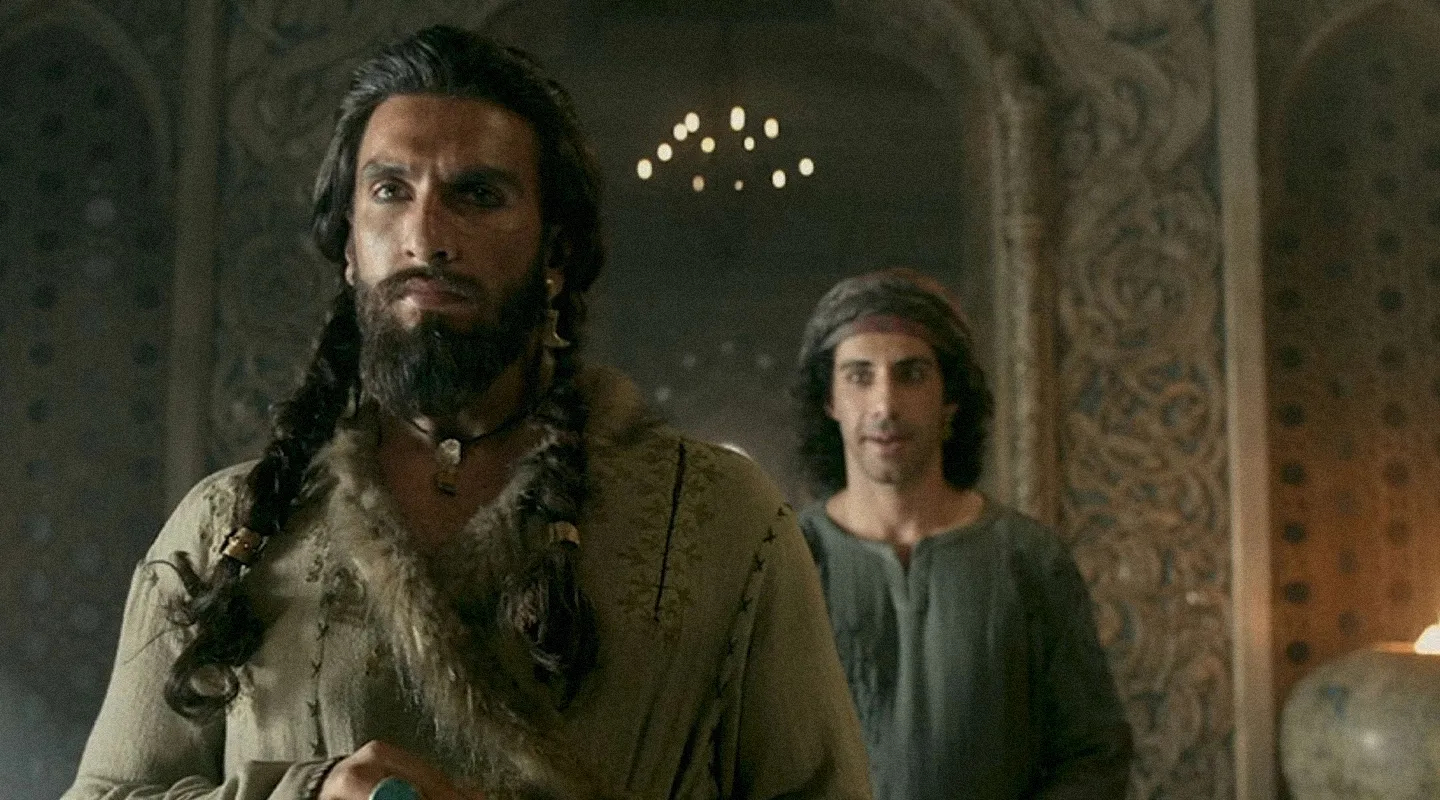
Then, there are the male friendships in Singh’s films that are not just hinting but also winking at their homoerotic tension, like sleeping provocatively in the same bed with his bosom buddy in Gunday, inadvertently scratching the balls of his crime-partner in Kill Dil, and being sung to from the other end of a swishing bath by his slave-boy in Padmaavat. He’s pursuing women in all three films, and yet, the peripheral eros is entirely for the man. While there was always the unspoken tradition of sexual tension girding the “dosti -yaarana” films that focused on male homosocial bonding — Dosti, Anand, Sholay — Singh yanked it out, making unintended subtext very much part of the intended text.
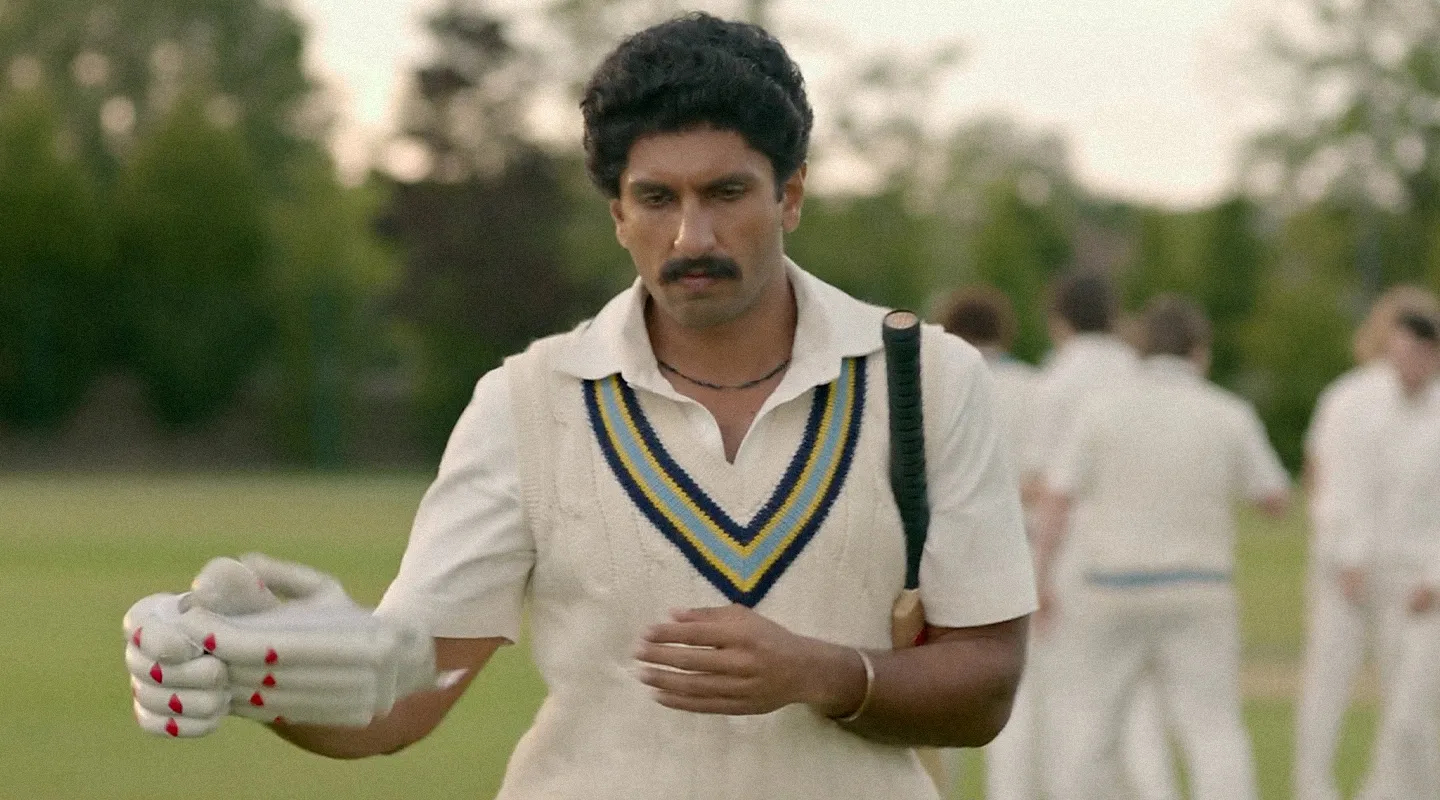
Even in the sports biopic, a crowded genre that requires one to flex masculinity, Singh retreated, bringing a quiet, dignified restraint to his performance of Kapil Dev in 83 — a film co-produced by Deepika Padukone, his wife. There is something gentle about his ambition in the film. It is not about wanting any other country’s team to lose a match as much as it is about wanting his country to win, about “aukat se zyada khelna” (performing out of your league). There is no malice in this ambition. In a lovely throwaway scene, he even hugs Imran Khan, who was then captain of the Pakistan cricket team. In the current political environment, when the Khan-Modi prime ministership has corroded any possibility of reconciliation, there is something both neat and notorious about this. (Singh, himself, to be clear, isn’t so much engineering any of these radical moments as much as he is enthusiastically participating in them. He can be both the Muslim villain of the Hindutva imagination in Padmaavat and also the enterprising Muslim of secular idealisation, bursting with talent and torque in Gully Boy).
I marvel at the thought and discussion behind a scene in the film — entirely peripheral to the story — of Kapil Dev learning to wash his trousers. In a film without the staple sports training montage, one that allows for pumping aggression, the choice to instead throw light on the mundane speaks to the rose-eyed pitch of the film-making vision. That Singh is at the helm of this story, buoying its spirit and sportsmanship, is unsurprising.
Masculinity is, after all, both mask and mantle — it is a performance and also a cultural tradition that is passed on through the grapevine till it is internalised as fact, as fused to one’s DNA, as incontestable. Structuralists called the bluff, that the performance is constructed by custom, ratified by culture, cascaded by time. A question, thus, arose: can culture intervene?
Even as Singh has willingly fallen into these traps — his desire to play the mass hero, the “single screen” star in Simmba, for example — he has also chipped away at the convention. If the woman in this film is a beautiful doll on two legs who needs to be protected, so be it. Instead, he infuses the film with silly banter, brazen homoerotic flashes (“Kiska zyada bada hai…entry?” [Who has the bigger…entry?] in Sooryavanshi) and a jolly do-gooder vibe that refuses to be taken seriously. His choice of films is instructive of the grasp he has over his image.
If you want to paint broad brush strokes, you can see the recent tilt in Hindi cinema towards reformist movies set in small-town India, as a cultural intervention, however heavy handed, flat, and shrill. Yash Raj Films set the ball rolling in 2015 with Dum Laga Ke Haisha, tackling fatphobia and pushing Ayushmann Khurrana into the sub-genre of Tier 2 superman. This pursuit to make socially conscious cinema continues with Jayeshbhai Jordaar, which follows the corrosive insistence on male heirs, a cultural demand that runs all the way back to the Atharva Veda. Given the disastrous performance of the film at the box office, though — its lifetime earnings, perhaps, won’t even go beyond 20 crores — one wonders if this is now a closed loop, a dusted deal. And if it is, then how will masculinity mutate, and within that mutation, what will Singh claw at?